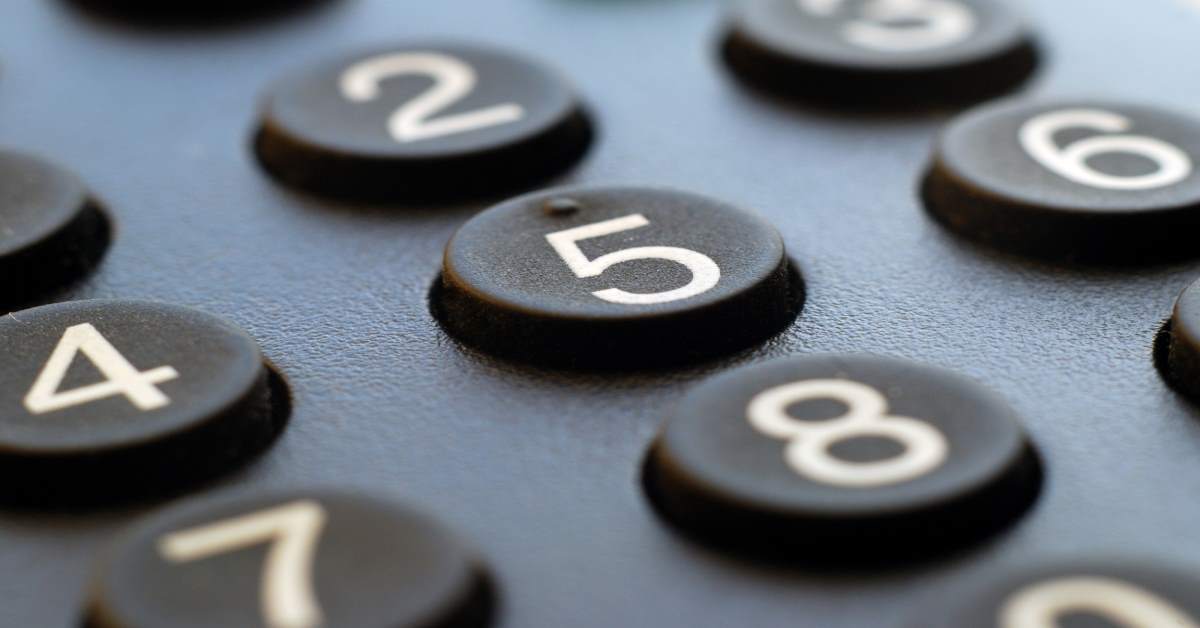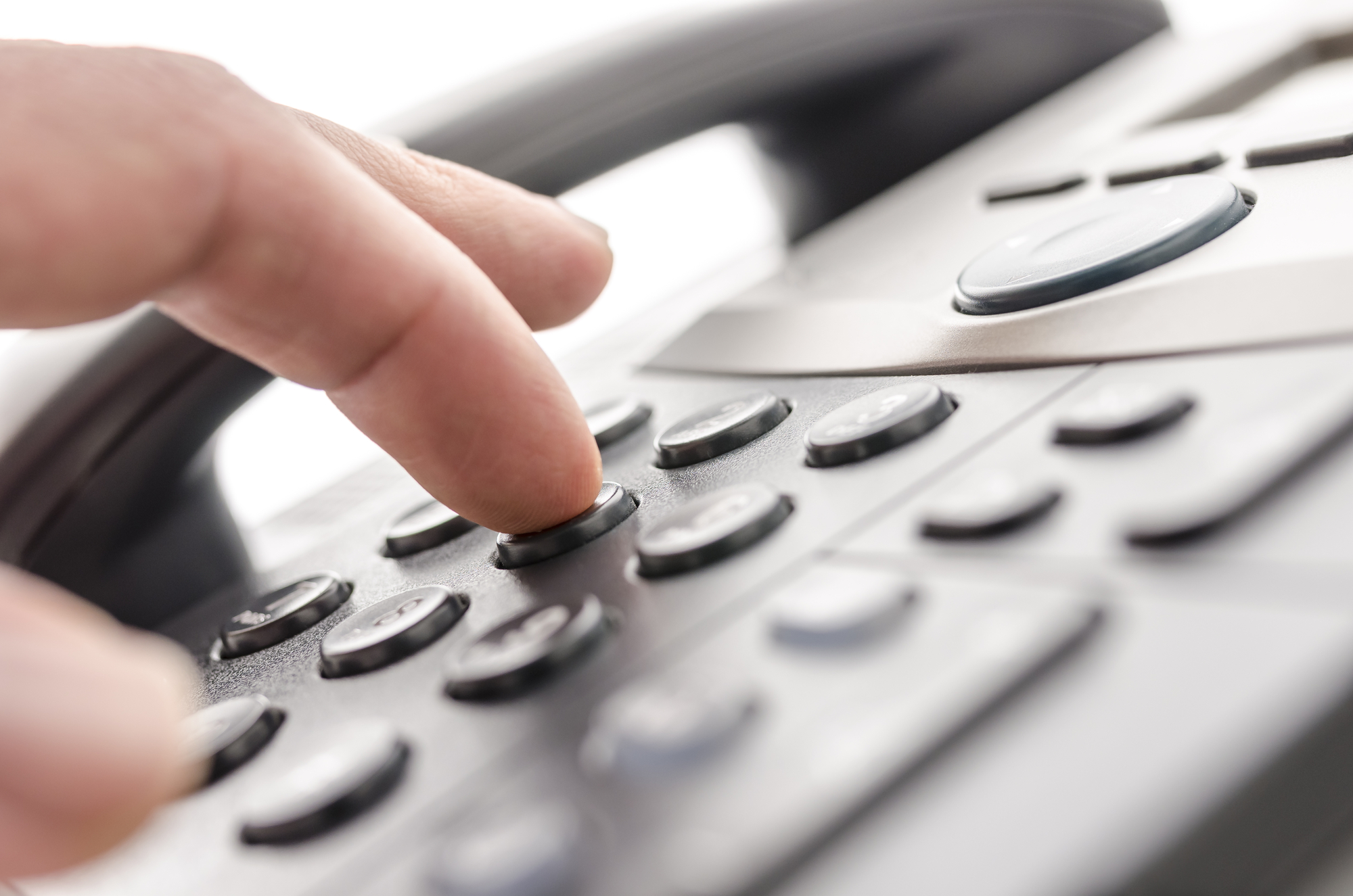e. Never Assume Anything: Phrases like “You Know What To Do,” “Sing Your Song at the Beep,” and others mentioned above are awful to leave in your greeting. For the sake of universality and comprehensiveness, NEVER assume the caller knows what to do. Lay it out clearly. f. Leave a Message: This phrase, by itself, will not do. It’s imperative for users to identify themselves in their greetings. Callers need to know they’ve reached the right person. g. Disregard Lethargy: If you’re not excited about your greeting, why would anyone else be? Never display a lack of enthusiasm in your greeting as it could turn callers off to both you and your business. h. Speak Clearly and Never Slur: Callers need to understand your every word; therefore, mumbling, slurring, and all other detractions of speech should never be recorded. d. Be Creative Without Sacrificing Quality: Callers know how voicemails work–i.e. leave a number, message, etc. While you want to be clear, it’s important not to be contrive or redundant with your message. Creativity can help users to differentiate themselves, as well as intrigue callers. While users should avoid the tropes of creativity listed above, it’s definitely good to think outside the box. That being said, scripting and practice can help users to experiment more with their greeting–ultimately allowing for more unique and creative approach. e. Speak With Diction: It’s important to present one’s self as an authority without alienating callers. As such, it’s crucial to articulate and speak with clear diction. “ if your voice recording has you stumbling over words and speaking haltingly, it does not convey confidence and competence,” states Ron Sellers of Grey Matter Research & Consulting. Remember, this greeting represents you; therefore, you want to appear collected and professional, as well as welcoming. To do this, one must carry themselves well through their recorded message. f. Account for Timeliness: Your message should be concise. No caller wants to be sitting through a rant/diatribe of redundant statements. Your greeting should flow without dragging. Inversely, one doesn’t want to be terse, either. Engage callers with a simplified approach laden with creativity. h. Account for Quality: Aside from speaking clearly, users want to eliminate any noise in the surrounding environment. The quality of the greeting is just as important as what’s being said in the greeting itself. As such, one doesn’t want to undermine a great message with poor quality. i. Courtesy, Tastefulness, & Tact: This is pretty self-explanatory and straight forward–NEVER be rude. Being light-hearted and humorous is very different from being obnoxious and/or abrasive. Again, these tools can be helpful if utilized properly, but not everyone perceives humor the same way. So play it safe. The last thing your voicemail greeting should do is offend a caller. k. Provide Options: if you’re part of a bigger company, it might be good to offer caller options. For example, allow a menu to defer callers to a colleague or co-worker in your absence. This can help show callers you care about their well being. Another option might be offering different modes of communication–i.e. email, fax, etc. In offering users diversity, contact may be much easier to maintain.
You may think your voicemail message is professional. But when you listen back it could sound rushed or shaky. Listen to it regularly to see if changes are needed.
.
Your voicemail greeting can make a positive or negative impression on people. By considering your target audience and tone, you should be able to keep it positive. Length: Don’t make people wait minutes to leave a message. Apologies: If people expect your to be available, apologize for missing their call. Set expectations: Let people know when they may receive a callback, but be realistic. Accuracy: If you change your voicemail for things like holidays, be sure to update it when needed. How do You Set Up a Business Voicemail?
In certain situations, it’s a good idea to let a call go to voicemail. If you’re in a loud area, unable to spend 10-15 minutes talking, or are otherwise distracted, don’t answer. Recruiters who cold-call candidates will understand that you’re simply unavailable – but make sure to return calls in a timely manner. If possible, call back during regular business hours.
Voicemail greetings are simple things, and in a business, they can seem unimportant. However, a voice mail greeting gets a lot of play with customers and associates—think of how often you are unable to take a phone call because you're on another line, away from your desk or out of the office.
3. Voicemail Greetings For Business. You’ve reached (insert company name.) All of our team members are busy at the moment, but someone will return your call within (insert timeframe) if you’ll be so kind as to leave your name, number, and a brief message.

6.) Herzliche Willkommen bei der Mustermann GmbH, aufgrund von Wartungsarbeiten können wir Ihren Anruf leider im Moment nicht persönlich entgegennehmen.Sie können uns aber gerne eine Email an [email protected] schreiben, diese wird durch unser Service-Personal schnellst möglich beantwortet.bitte entschuldigen Sie die vorübergehende Einschränkung! Vielen Dank für Ihr Verständnis
6.) Bienvenido/a a John Doe. Por razones técnicas no podemos atender su llamada. Si lo desea, puede escribirnos un correo electrónico a [email protected]. Uno de nuestros empleados le contestará lo antes posible. Disculpe las molestias. Gracias por su comprensión.

Writing a script doesn’t mean you have to write a speech. A simple greeting is fine, like this sample voicemail message:
2.) You are connected to the mailbox of Mr. John Doe. Please leave a message that Mr. Doe can call you back as soon as possible. Many thanks for your call.

Voicemails don’t necessarily have to be monotonous or extremely jazzy or funky. What you’re looking for is a balance between the two. Whenever I call someone and their voicemail greeting is playing, it tells me a lot about who they are, as a person. Which is why, you’ve got to put a little bit of “you” when it comes to voicemail. And the best part about all of this is, since you couldn’t come to the phone, at least the callers are having a good time listening to the message.
In short, more often than not, voicemail greetings feel bleak and boring to callers. If you’re a business, boredom is an awful way to start off the conversation with potential customers. Since the attention span of a human being fluctuates around 8-10 seconds, filling them up with a standard voicemail greeting is the worst idea you can have.

8. “Hello, this is [your name] at [company]. Thanks for calling. Please leave your name, number, and the reason you’d like to chat, and I’ll get to back to you ASAP.”
While there are a number of resources to help coach users in making a proficient voicemail greeting, some users still feel they are not doing enough. As such, there are a number of tools currently available to help even further. a. Professional Voice Recording: Now that you’re versed in the process of recording your greeting, you may feel a burdening sense of responsibility. As such, you may find that weight to be too heavy to lift alone. Well, rest easy. There are a number of companies and services for recording quality professional greetings.

4.) Добро пожаловать, это г-н Пупкин. Мистер Пупкин находится не на рабочем месте. Пожалуйста, оставьте сообщение, чтобы Г-Н Пупкин мог перезвонить вам как можно скорее. Большое спасибо за ваш звонок.

After helping tens of thousands of companies set up voicemail systems, we’ve learned that there is no set of rules defining what makes a great business voicemail, but there are definitely some key points that you should aim to hit. Before you hit the record button for your voicemail message, take some of these tips into account:

– Thanks for calling. This is (name). Today is a Friday and I am working from our corporate office. If you need to reach me immediately, please call (number). Otherwise, please leave me a message and I’ll return your call as soon as possible.